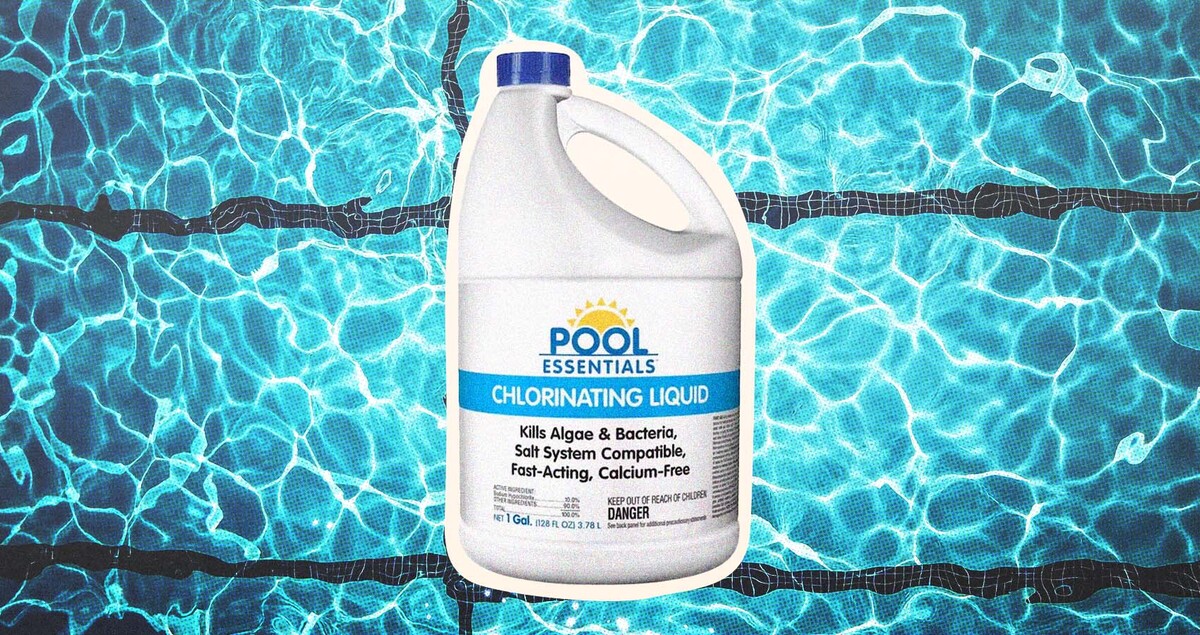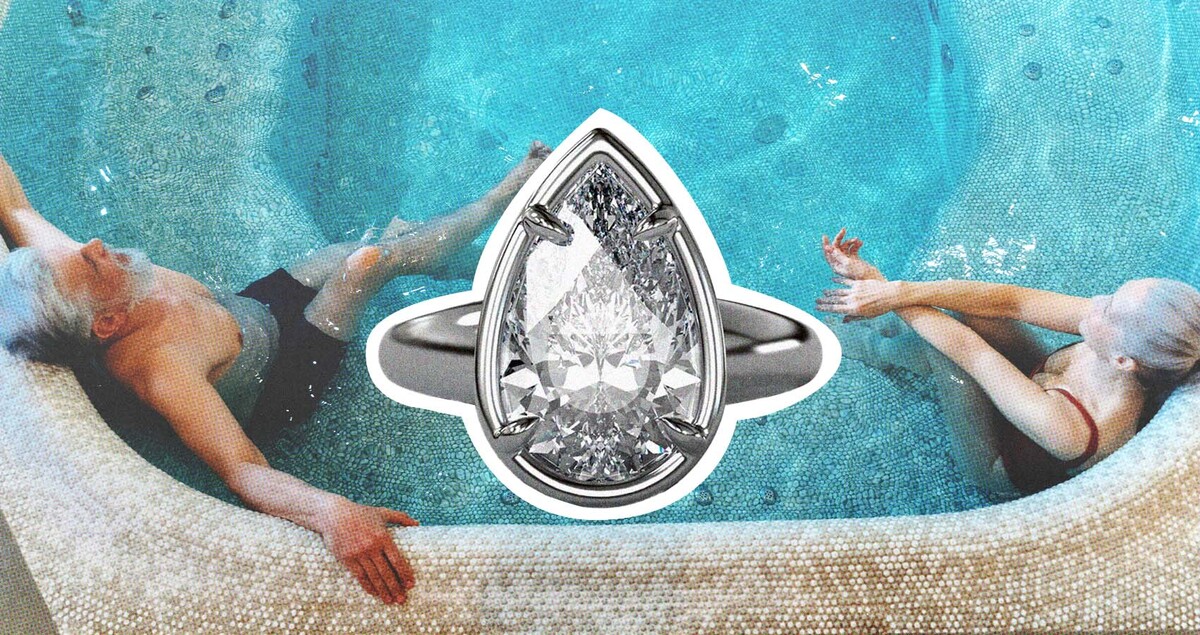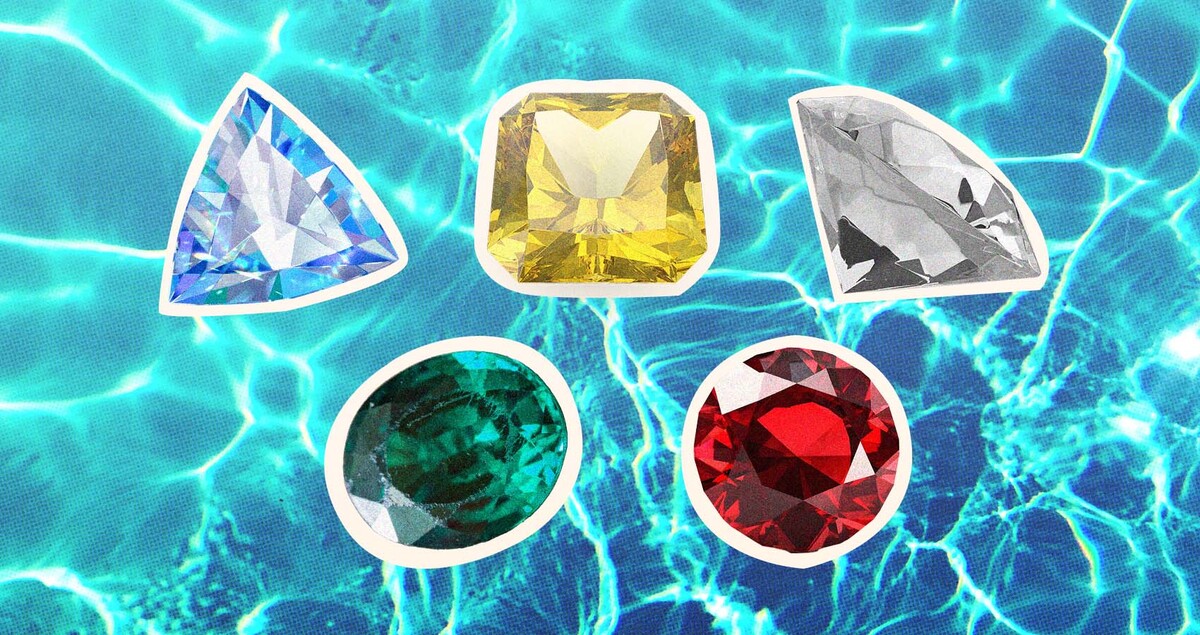
Can I Wear My Engagement Ring When Swimming?
Protecting your precious stone from water damage.
Swimming while wearing an engagement ring is a recipe for trouble. Water, chemicals, and physical activity can compromise the condition of your ring and increase the risk of losing it. Here's what you need to know.
Metals and Chemicals: Corrosion and Weakening

Chlorinated pool water poses serious risks to engagement rings, especially those made from alloy metals like 10-carat, 14-carat, or 18-carat gold. Chlorine corrodes these metals and weakens the structural integrity of the ring over time. While pure metals like platinum and palladium are less prone to damage, few rings are made entirely of these.
Saltwater, often overlooked, is no better. It causes pitting and can dull the finish of both metals and gemstones. Softer metals like white gold or rose gold are particularly susceptible, and even hard metals like titanium or tungsten aren't completely immune to chemical impact. Rings that incorporate alloyed metals always face some risk of tarnish in these environments.
Cold Water Shrinkage and Physical Loss

Swimming in cold water can cause your fingers to shrink slightly. This is a biological response to lower temperatures, and it increases the likelihood of your ring slipping off. Fast-moving water, such as in oceans or rivers, makes this risk even higher. Prolonged exposure to these conditions can also accelerate the wearing down of weaker metals, further compromising the fit of the ring. According to Protect Your Bubble, 18% of people who lose their engagement rings report it happening during swimming.
The Hidden Hazards of Water Pressure on Rings

Swimming pools and open waters bring risks not often considered. The pressure from water, especially in pools or hot tubs, can be surprisingly forceful. Rings with intricate settings, like a pear shaped diamond ring, may face structural vulnerabilities. Prongs can loosen or shift, increasing the chance of losing the stone altogether.
Similarly, strong water currents in natural settings—such as rivers or ocean waves—can displace rings entirely, particularly if the metal band has weakened over time. Protecting designs ranging from solitaire to halo settings means avoiding unnecessary exposure to high-pressure water environments. Prevention is the best safeguard for these treasured pieces.
Damage Beyond Loss: Chemicals, Settings, and Gemstones

Chlorine isn't just corrosive—it can also loosen prongs and weaken settings, leaving gemstones vulnerable to detachment. Bezel settings, which enclose the stone, offer more protection compared to prong settings but are not foolproof. Diamonds, contrary to popular belief, are porous. They can absorb water and pick up film from oils, chlorine, or salt, causing discoloration or cloudiness.
The abrasive nature of beach sand can scratch gemstones and metals, further diminishing the appearance of the ring. Sunscreen or bug sprays used for outdoor activities can create a residue on the ring's surface, detracting from its brilliance until properly cleaned.
Best Practices for Protection and Care

To minimize risks, remove your engagement ring before swimming. Store it in a secure and dry location, preferably a jewelry box. If traveling, using a small, ventilated plastic bag can work as a temporary solution.
Routine professional cleaning and inspection can help maintain your ring's condition and address early signs of wear or damage. After your ring gets wet, always dry it thoroughly to prevent trapped moisture from degrading the setting or gemstones. Prevention remains the best method for protecting this important piece of jewelry.
Skipping proper precautions means endangering both your ring's integrity and your peace of mind. Don't tempt trouble with carelessness.











